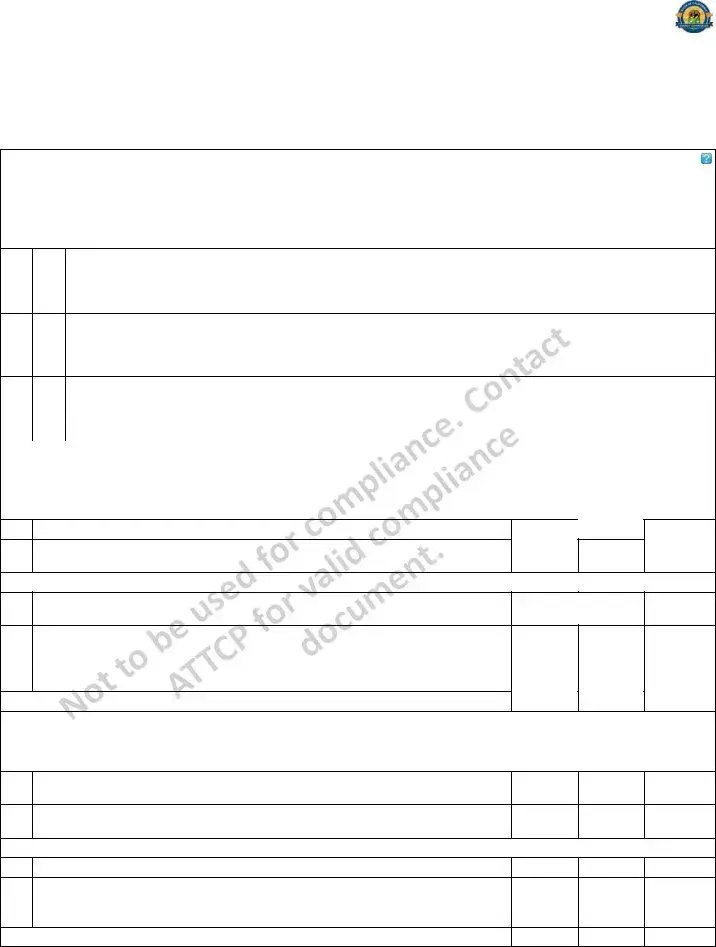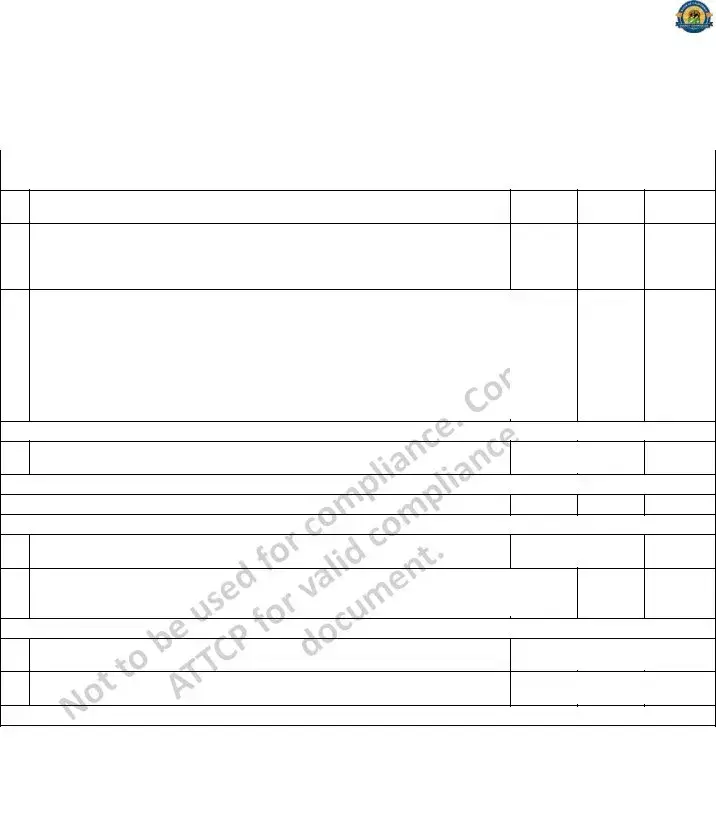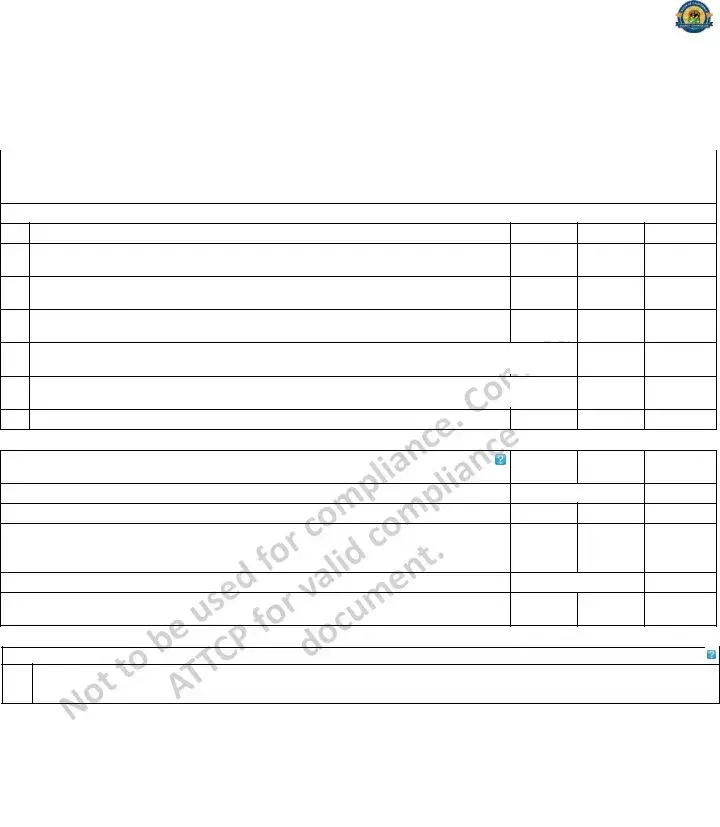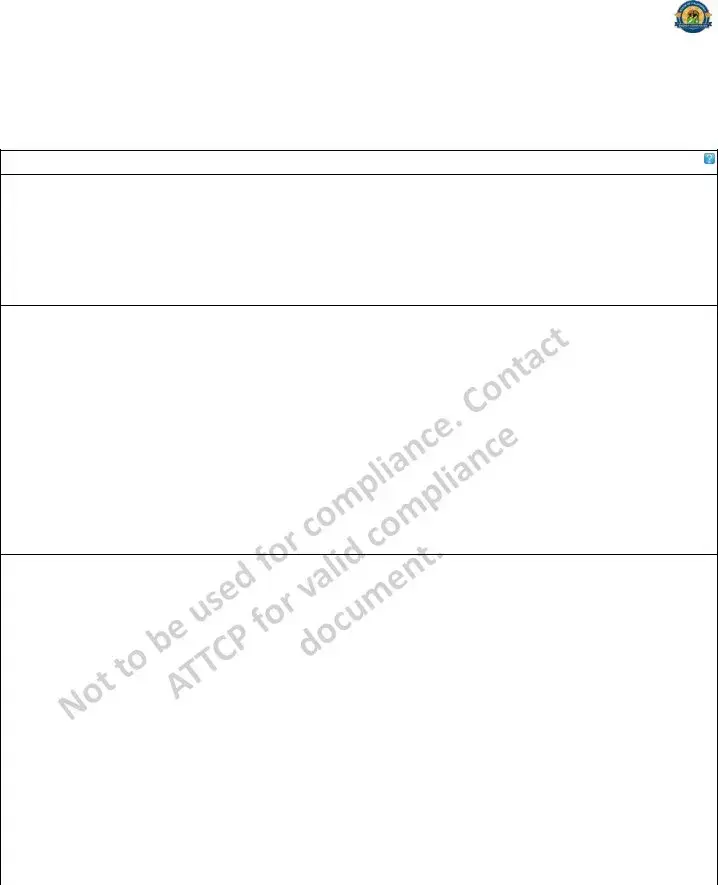STATE OF CALIFORNIA
LIGHTING CONTROL ACCEPTANCE DOCUMENT
CEC-NRCA-LTI-02-A (Revised 04/16) |
|
CALIFORNIA ENERGY COMMISSION |
CERTIFICATE OF ACCEPTANCE |
|
|
NRCA-LTI-02-A |
Lighting Control Acceptance Document |
|
|
(Page 2 of 5) |
|
|
|
|
Project Name: |
Enforcement Agency: |
|
Permit Number: |
|
|
|
|
Project Address: |
City: |
|
Zip Code: |
|
|
|
|
B. Functional Testing of Lighting Controls
Representative Spaces Selected
For every space in the building, conduct functional tests 1 through 5 below if applicable. If there are several geometrically similar spaces that use the same lighting controls, test only one space and list in the cells below which “untested spaces” are represented by that tested space.
EXCEPTION: For buildings with up to seven (7) occupancy sensors, all occupancy sensors shall be tested. (NA7.6.2.3)
Tested space/ room name:________________________ Space Type (office, corridor, etc)___________________
01
Untested areas/rooms ________________________________________________________________________
Tested space/ room name:________________________ Space Type (office, corridor, etc)___________________
02
Untested areas/rooms ________________________________________________________________________
Tested space/ room name:________________________ Space Type (office, corridor, etc)___________________
03
Untested areas/rooms ________________________________________________________________________
Functional Tests |
|
Tested Space Number |
|
Confirm compliance (Yes/No) for all control system types (1-5) present in each space: |
|
|
|
|
|
01. Automatic Time Switch Controls |
1 |
|
2 |
|
3 |
Step 1: Simulate occupied condition
a. All lights can be turned on and off by their respective area control switch
b.Verify the switch only operates lighting in the ceiling-height partitioned area in which the switch is located
Step 2: Simulate unoccupied condition
a.All lighting, including emergency and egress lighting, turns off. Exempt lighting may remain on per Section 130.1(c)1 and 130.1(a)1.
Manual override switch controls only the lights in the selected ceiling height
b.partitioned space where the override switch is located and the lights remain on no longer than 2 hours (unless serving public areas and override switch is captive key type).
Step 3: System returned to initial operating conditions
02. Occupancy Sensors |
1 |
2 |
3 |
Step 1: Simulate an unoccupied condition |
|
|
|
a.Lights controlled by occupancy sensors turn off within a maximum of 20 minutes from start of an unoccupied condition per Standard Section 110.9(b)
b.The occupant sensor does not trigger a false "on" from movement in an area adjacent to the controlled space or from HVAC operation
Step 2: Simulate an occupied condition
a.Status indicator or annunciator operates correctly
Lights controlled by occupancy sensors turn on immediately upon an occupied
b.condition OR sensor indicates space is "occupied" and lights may be turned on manually
Step 3: System returned to initial operating conditions

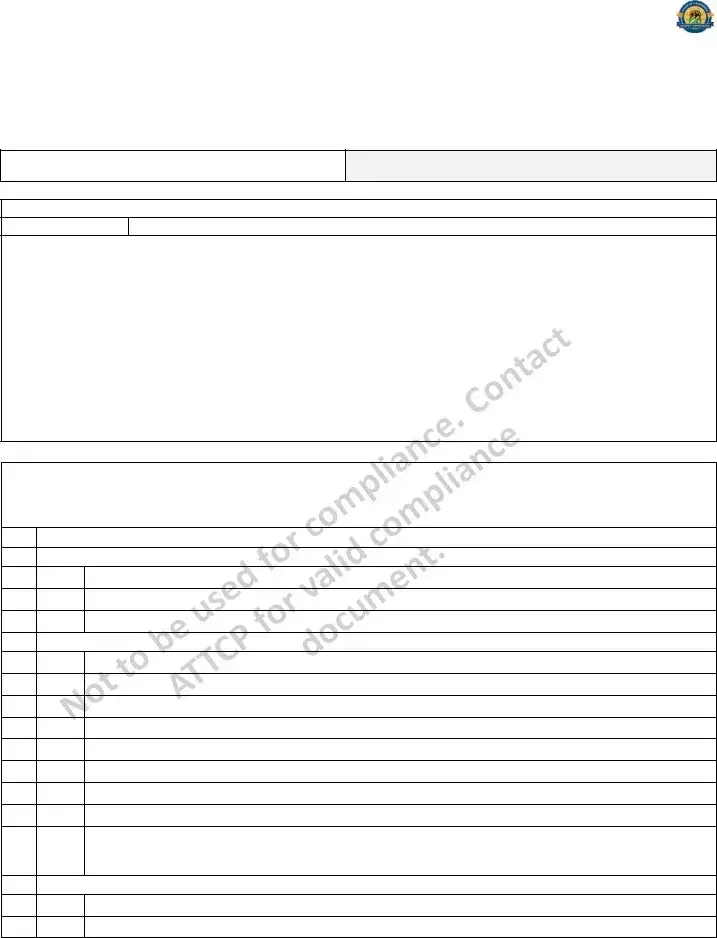
 Fill out Section A to cover spaces 1 through 3 that are functionally tested under Section B. Make as many copies of pages
Fill out Section A to cover spaces 1 through 3 that are functionally tested under Section B. Make as many copies of pages 